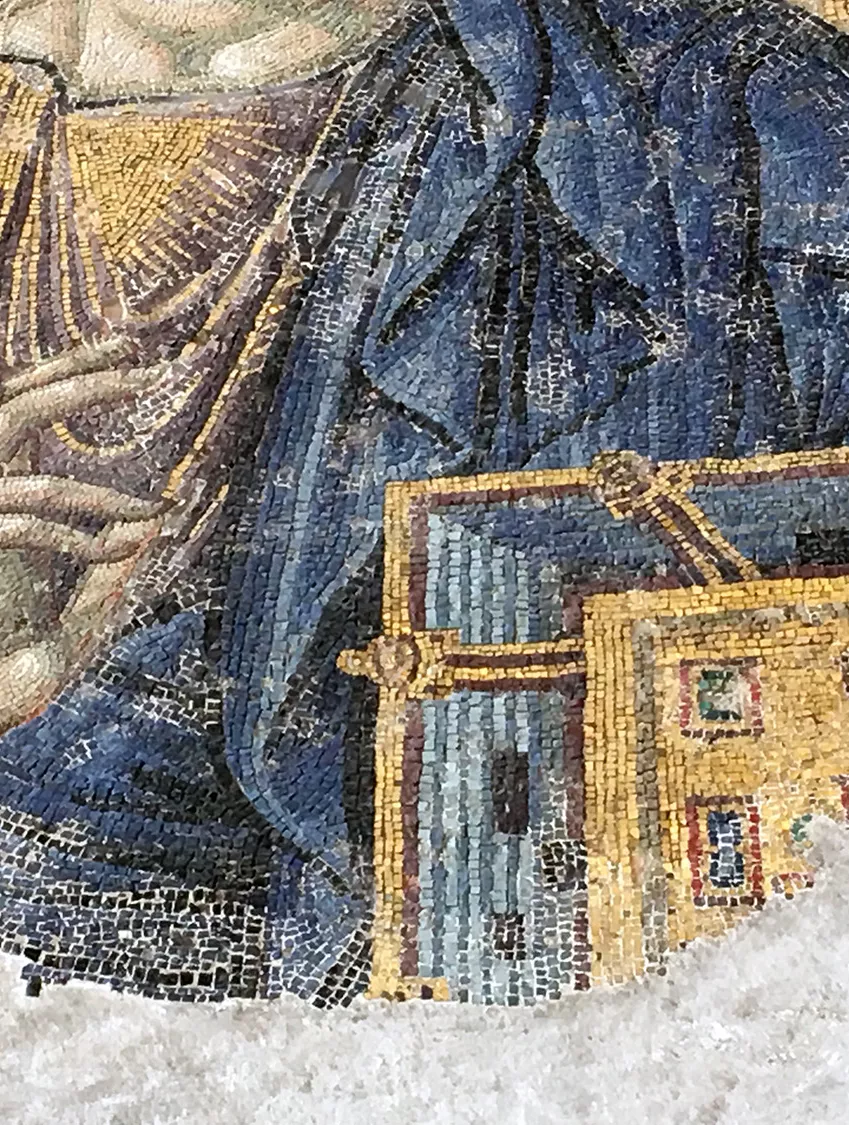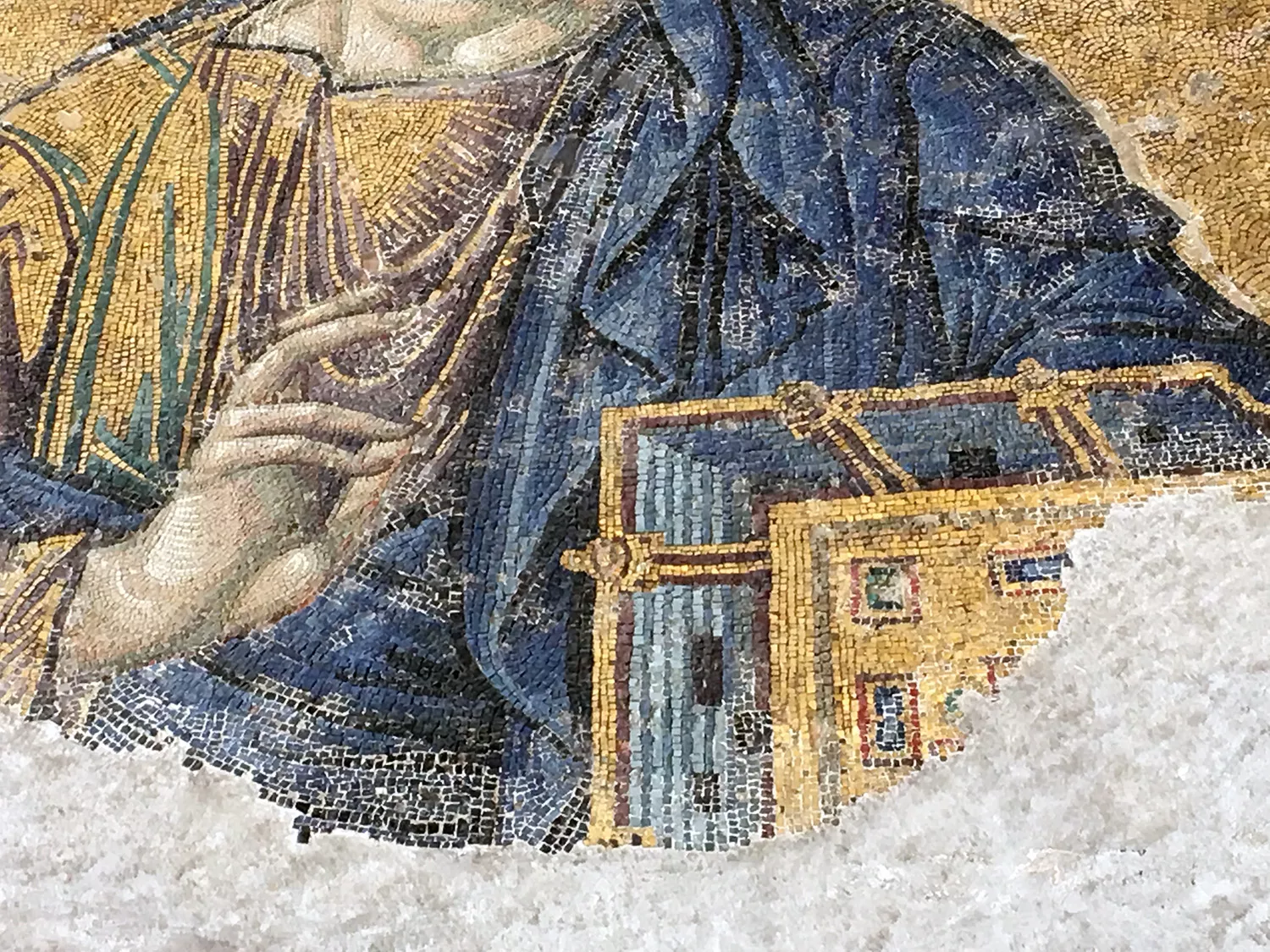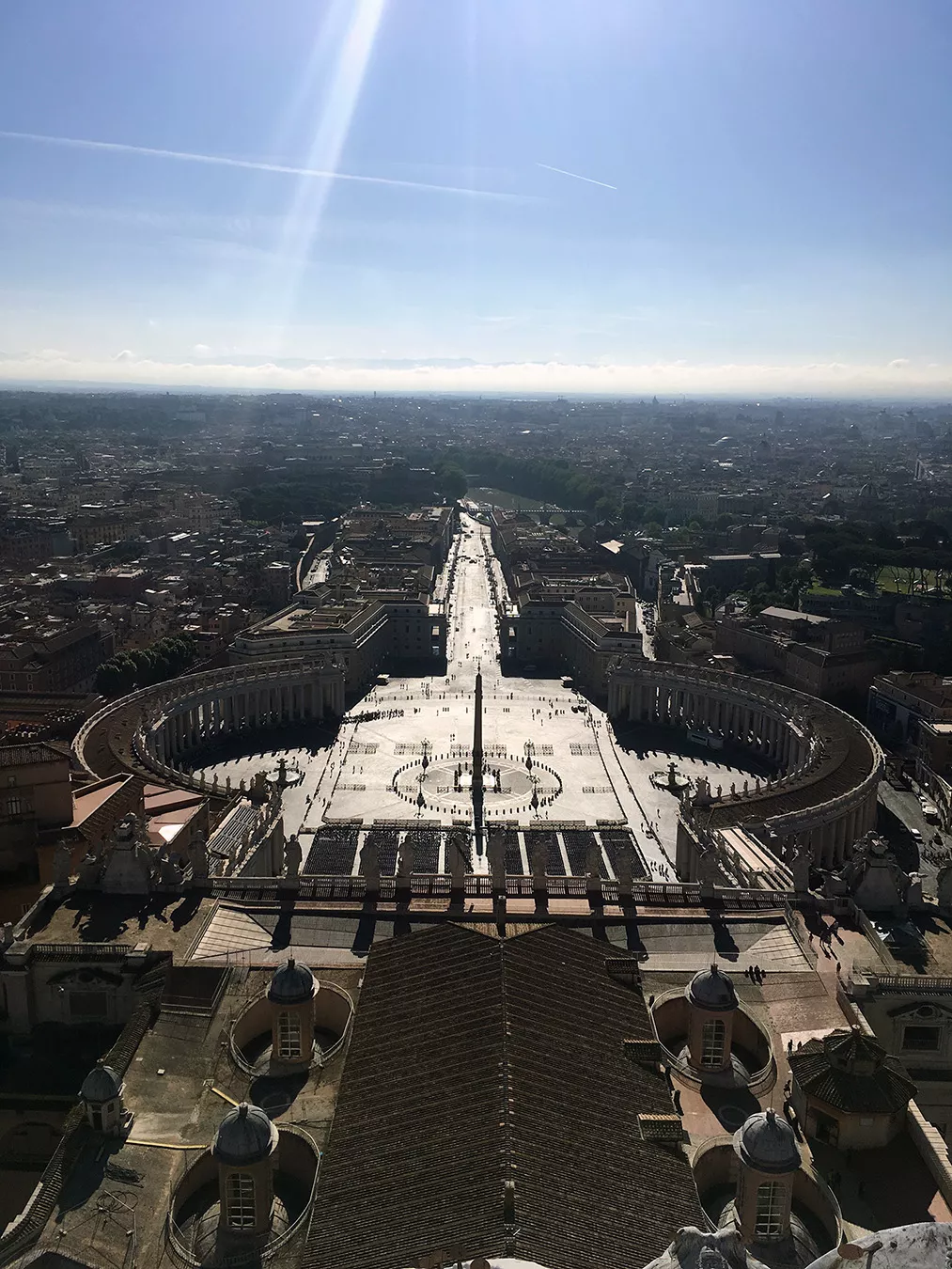Nava Streiter (Ph.D. Candidate, HART) accepts Getty Graduate Curatorial Internship after long international research tour

Nava Streiter, Ph.D. Candidate in History of Art, has accepted a 12-month Graduate Curatorial Internship in the Manuscripts Department of the Getty Museum. Her placement will begin in the fall. This follows a year of international research in some of the world’s finest collections of Byzantine illuminated manuscripts.
At the Getty Museum in Los Angeles, Nava will have the opportunity to co-curate a small exhibition, on a yet to be publicly announced theme. Nava is pleased that this will be her first opportunity to curate outside a university environment, building off of her past experience working in museums.
Nava also plans to work with the Getty Museum’s collections, further developing her ongoing dissertation research into the iconography of body language in Middle Byzantine illuminated manuscripts. Nava’s current work focuses on the imagery of speech gestures through the lens of the ‘embodied logos’: speaking to a central mystery to orthodox Christianity – what does it mean to have both a mind and a body? Within this question Nava addresses different categories of speech images broken down into different types of interactions, such as God to human, human to human, or angel to human. For example, she addresses the types of gestures that happen when God speaks to humans - almost always appearing as a hand appearing in the vault of heaven. Nava is ultimately developing a typology of the various speech gestures within the broader iconography of sacred communication.
Nava’s work on the iconography of body language is placed within the tradition of a growing group of scholars of illuminated manuscripts. “There is far more research on body language in western Medieval art than in Byzantine art, and Nava is pleased to contribute a new perspective from a less familiar corpus of Middle Byzantine material. Nava’s dissertation is the first to foreground speech gestures in Byzantine manuscripts as its own body of study, developing the work of her academic forebears who mostly deal with gesture incidentally and within the context of other topics.
The Getty internship follows a remarkable year-long tour of some of the world’s foremost manuscript collections. Nava has recently traveled to St. Louis, London, Oxford, Rome, the Vatican City, Paris, and Istanbul to work directly with her source material. This travel was enabled by a grant from the prestigious International Center of Medieval Art and by a Mellon Fellowship from the Knights of Columbus Vatican Film Library.Nava notes the importance of viewing these highly ornate manuscripts directly. She describes the experience as tactile, stating, “you think about how the parchment works and how the books are sewn together, and how the pictures fit on the page and in relation to the reader.”
She adds, “There were a lot of specific qualities of each image that does not come through in digitization. This includes the way overpainting is handled, and the way pigment has worn, and each manuscript’s overall state of preservation. These books have had really long and complicated lives – they have been bound, then rebound, painted, then worn down and repainted over the course of centuries, or even a millennium for some.” This respect for the physical book, its production, and its biography has allowed Nava to develop a deep understanding of the methods of the manuscript artists, and the intricacies of their world of representation.
Yet, Nava is also developing ways to face some of the challenges of considering even a single manuscript. Nava notes that when confronting these manuscripts first-hand she was reminded of how complicated illuminated manuscripts actually are: “They have hundreds of images and you are struck by the fact that you cannot ‘hold’ all of the images in your mind at once for a compelling comparison.” She hopes that her dissertation will help decode some of the visual language represented within this large corpus of imagery.
Nava’s dissertation is advised by History of Art Professor Alicia Walker.

